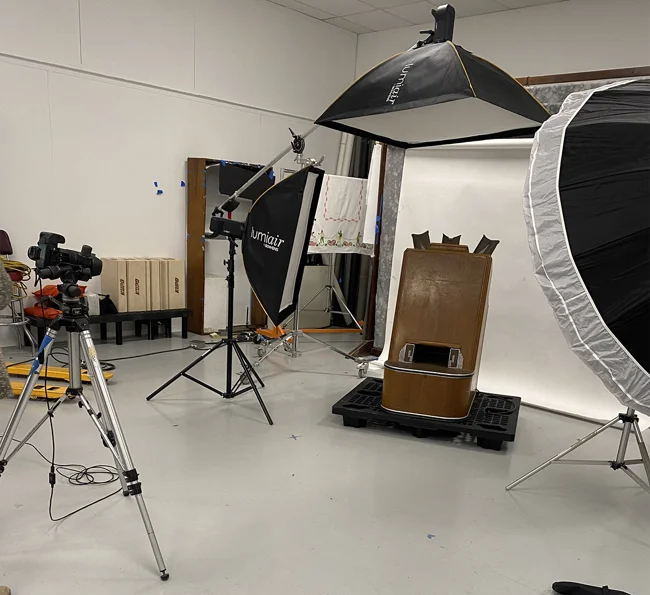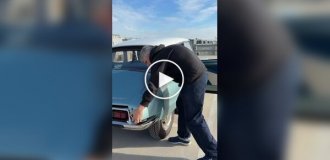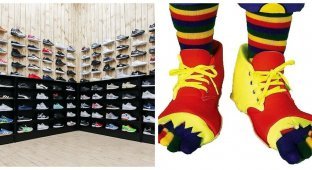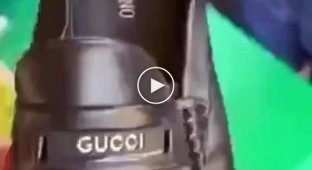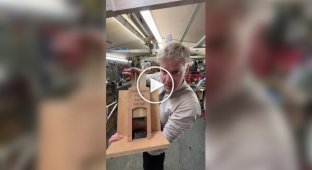The story of how X-ray machines were used for fittings An entire generation was irradiated with shoes (10 photos)
In the 1920s, a customer entering a reputable shoe store in the United States or Europe could experience an almost fantastical experience. 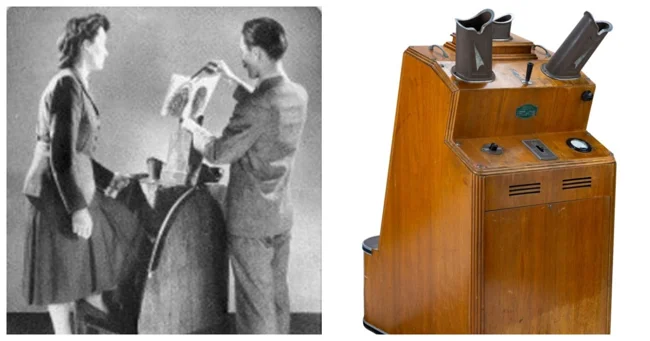
Instead of simply trying on a new pair to assess the fit and comfort, they were asked to place their feet in a special device—a fluoroscope. 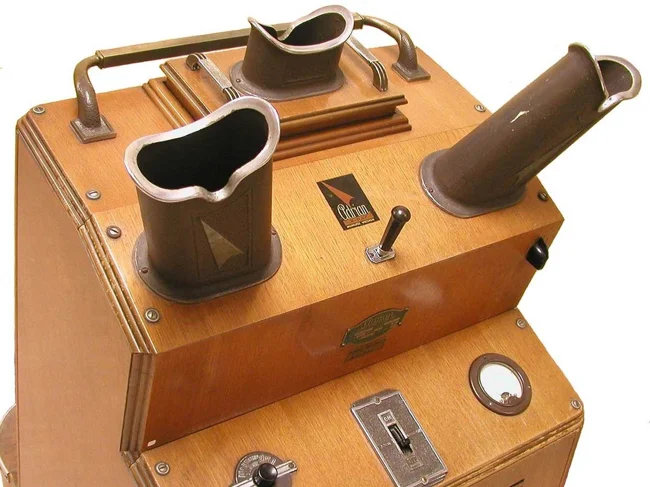
This wasn't just a gimmick to attract customers, but a real X-ray machine, similar to those used for baggage screening at airports, only smaller. 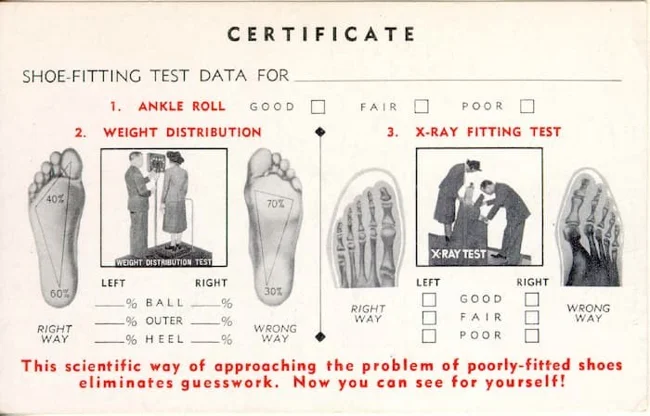
The device was a metal box. At the bottom was an X-ray tube pointing upward, and at the top was a fluorescent screen with three viewing windows. The customer placed their foot in a special opening between the tube and the screen. 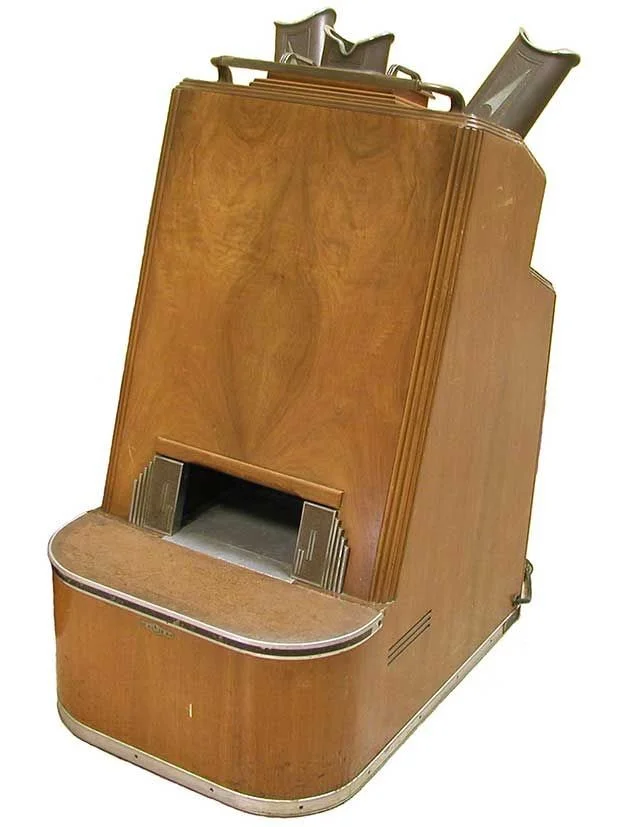
X-rays passed through the shoe and soft tissue, clearly displaying the contours of the foot bones and the shoe itself on the screen. This allowed the salesperson and customer to simultaneously assess the fit, eliminating any guesswork. 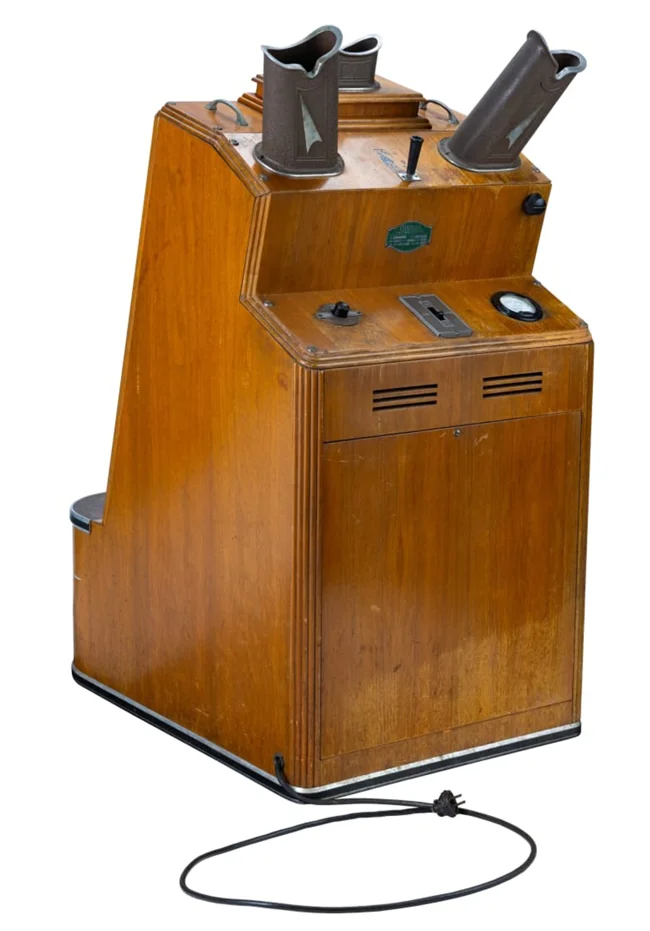
However, this technological marvel also hid a dark side. Although the devices had protective screens, they were often removed to improve image quality or reduce weight. As a result, powerful radiation was scattered in all directions, literally enveloping the bodies of both customers and salespeople. Due to poor maintenance, some devices emitted doses hundreds of times higher than permissible levels. The risk was compounded by customers trying on multiple pairs and returning to the store again and again. 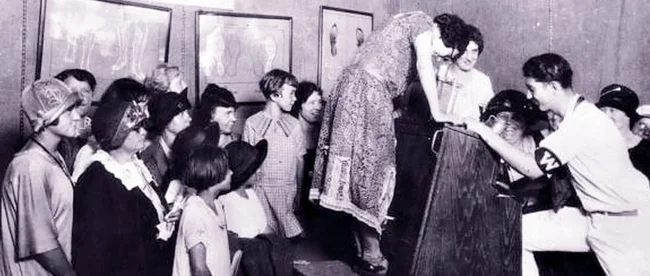
Salespeople suffered the most, being exposed to radiation daily. In 1957, the British Medical Journal described the case of a 56-year-old woman who had worked in a shoe store for 10 years. She developed severe pain and skin lesions on her leg, consistent with a radiation burn. To calm the frightened children, she would demonstratively place her own foot in the device 15-20 times a day. 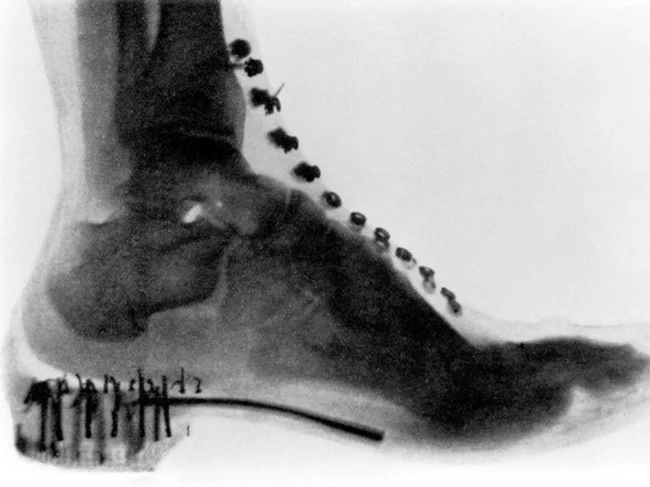
The irony was that the device was created with good intentions. It was invented by Dr. Jacob Lowe to quickly X-ray wounded soldiers while they were wearing their boots during World War I. After the war, he adapted the device for civilian purposes and presented it at a shoe retailers' convention in Boston in 1920. 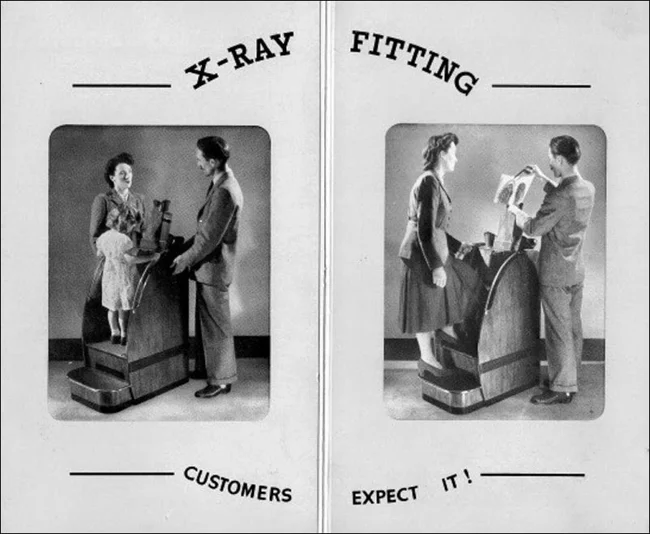
At the peak of their popularity in the 1950s, approximately 10,000 of these devices were in use in the US alone. Recognition of their dangers did not come immediately. The first safety standards and the limit of 12 procedures per person per year were not introduced until 1946. 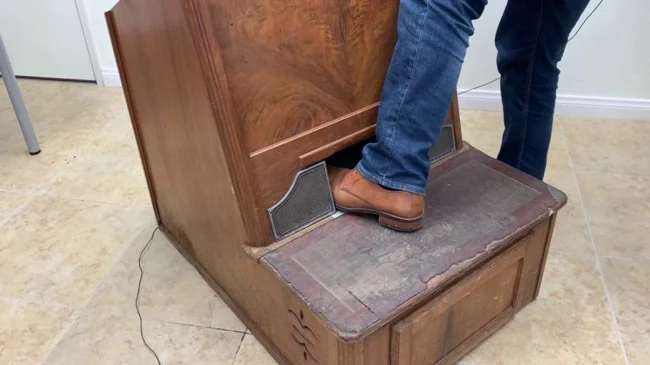
However, mass recalls of these devices from stores began after 1950. The last of them disappeared only 30 years later, leaving behind not only memories of a technological miracle but also a bitter trail of invisible harm. 